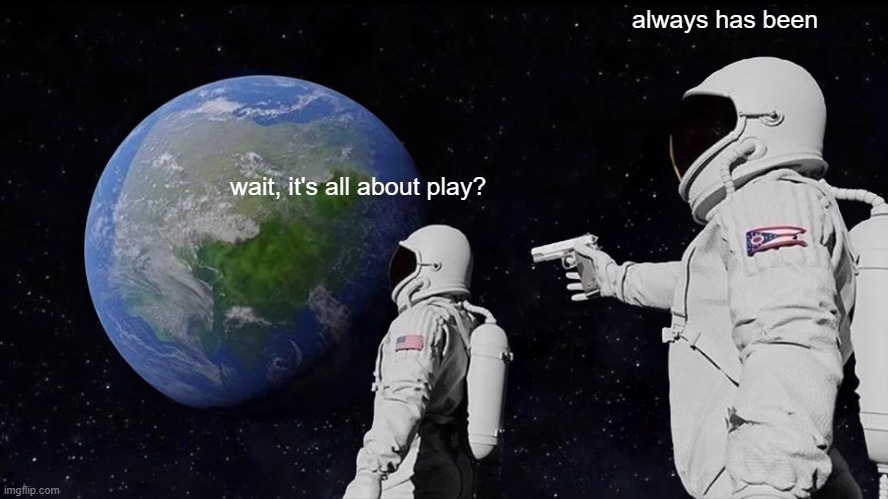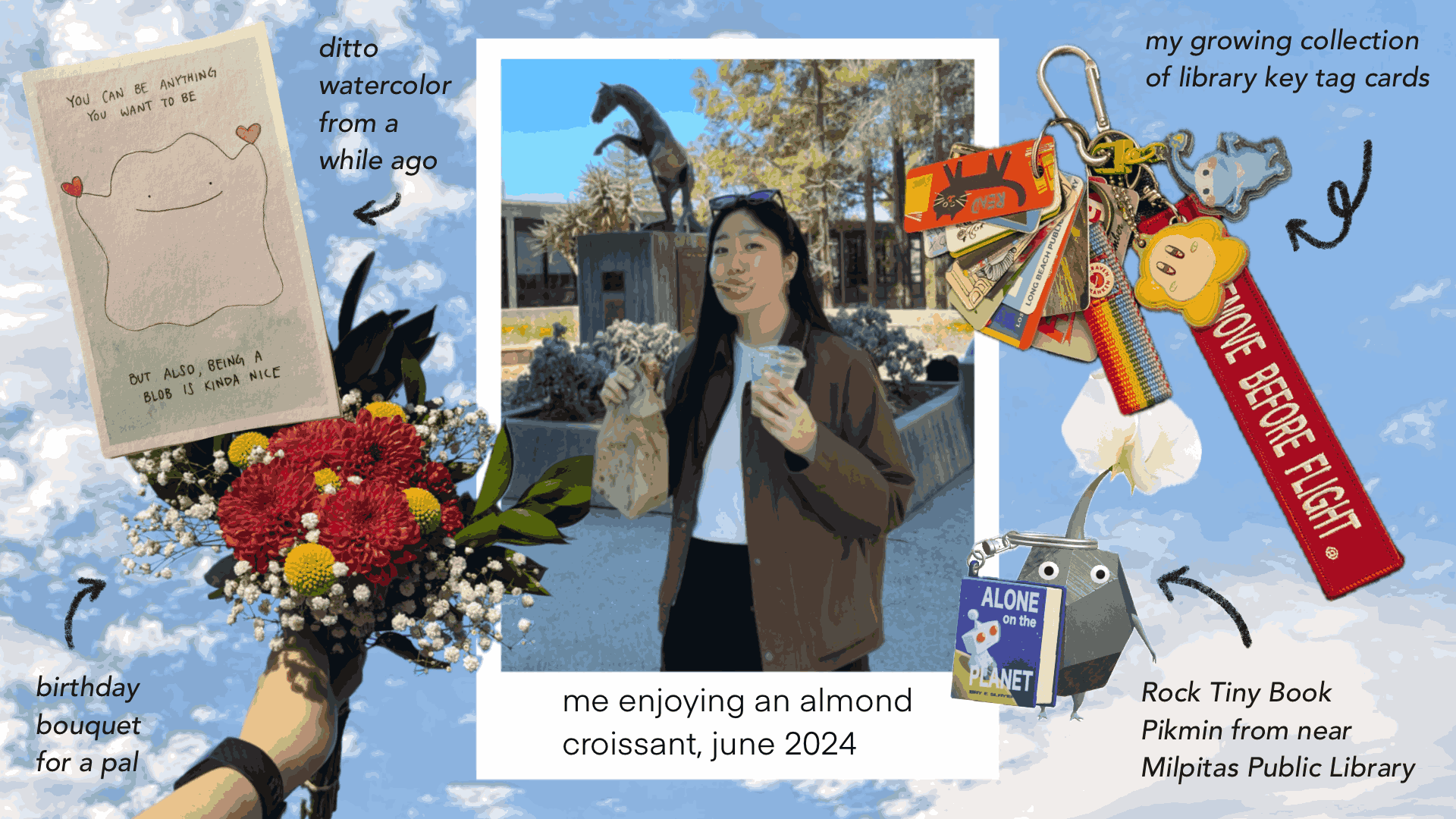For this module’s adventure I debated between the research and current issues section and the the global libraries section. On one hand I have a lot to say about the emerging technologies (especially AI, VR and AR technologies) and how they impact libraries. However, I am much less familar with the global scheme of libraries, and thought it would be valuable for me to get some perspective.
Themes from this module (CYOA: global communtiies) that piqued my interest:
- Libraries are community centered spaces with emphasis on meeting human needs.
- Libraries may rely on quality partnerships to successfully meet said needs.
- Libraries must be in tune needs specific to their community.
- Categorization relying on local conventions may be more appropriate than the DDS and other systems of organization we’ve adopted in the US for remote regions.
Dokk1 and the importance of Partnerships
I have seen snippets of content talking about Dokk1 before but reading about it in this module has lead me to add it the top of my must-visit libraries list. I especially liked Dokk1’s project leader’s description from Morehart’s article:
Ostergaard described Dokk1 as the “living room of the city,” and as such it was less focused on books and more focused on human needs, providing space for performances, meetings, children’s activities, art installations, and general public gatherings.
Aside from the meticulously planned interior that holds space for community activity, the Dokk1 also has light rail connection and automated underground vertical parking making it easy to access. It’s obvious that there was a lot of thought and consideration (and funding !) that went into the executing this project in a manner that caters to the needs of many folks. Below are two of the slides that caught my attention from Marie Ostergaard’s slide show Dokk1: a place for people.


I appreciated the mash-up library diagram because it highlights how much of the libraries services may rely on partnerships and outsourcing resources. The library acts as a hyperlink effectively connecting the community to these service providers. One of the more modern and impressive libraries I’ve been to in recent times that showcases this is the Hayward Public Library. Much like the Dokk1, HPL’s facility provides much space to gather, interact with art, learn and connect. One my favorite features though, was a cozy private office room titled the Community Hub. According to their webiste the Community Hub is HPL’s “full-service, one-stop resource center for patrons” to access the city and the community partners’ services.
It seems that between Dokk1, the Hayward Public Library, and the Deichman Bjørvika, the idea of a successful library is simple: ample partnerships, various opportunities for cultural and community activities, and a facility to support it. I was initally surprised by the similaries among the ‘cool’ features I noticed from these different libraries. I like to think / hope that libraries around the world are taking inspiration from one another to constantly improve and shape shift with the times.
A note on the Dewey Decimal System
I’ve had classmates point out the outdatedness and bias of the dewey decimal system and it’s been in the back of my mind for some time. What are other ways we could categorize our media? One solution that was mentioned in this module is to replace it with categories that are more meaningful to the local community. The Galiwin’ku library’s approach to prioritise the local culture shows their dedication to support to their community by tailoring to their needs.



